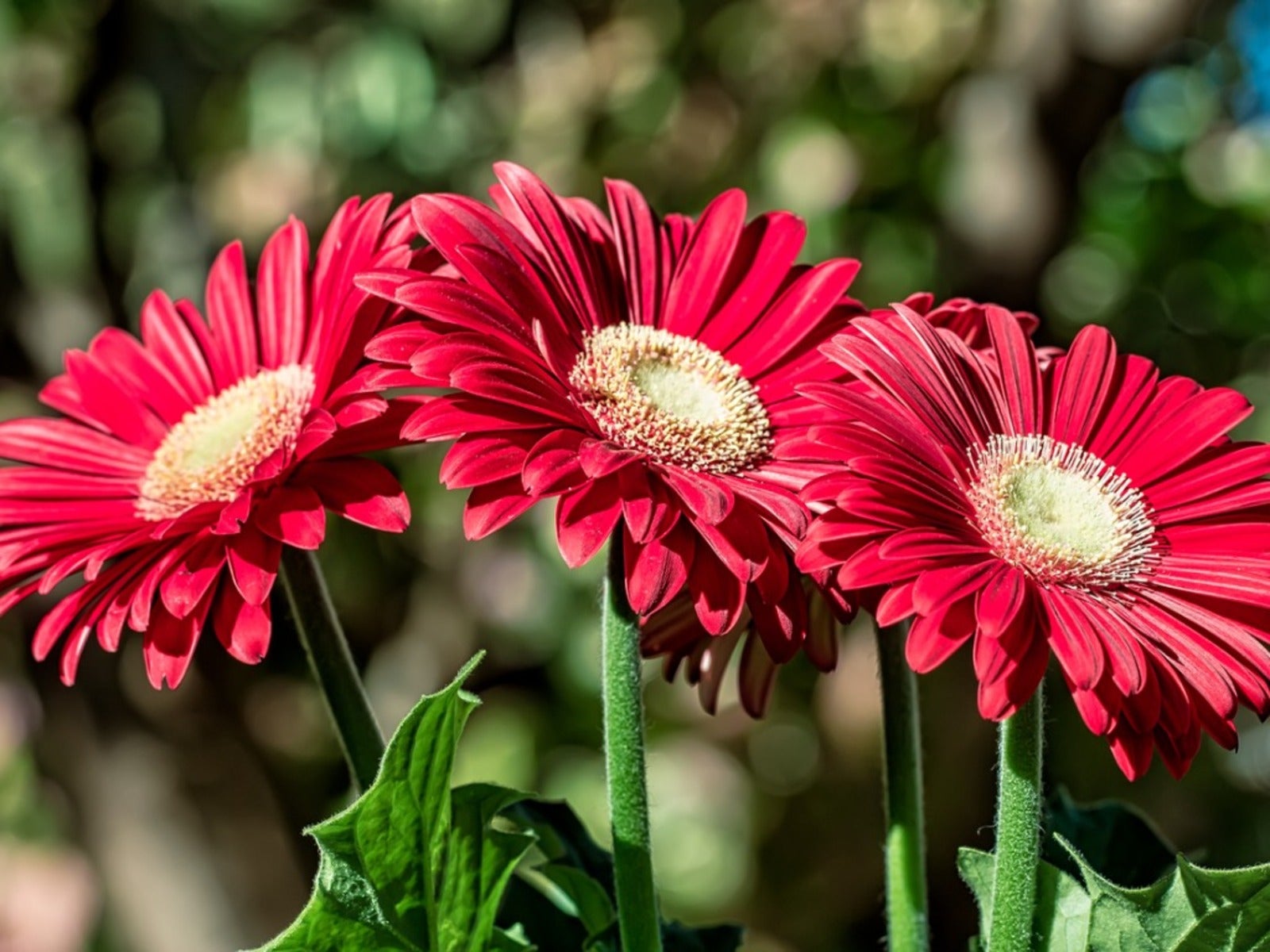Asteraceae: The Largest Plant Family On Earth


If you have a garden, you likely have one or more members of the aster family (Asteraceae) growing. This is the largest family of flowering plants, with about 1,100 genera and more than 20,000 species. They range from sunflowers and daisies to dandelions, lettuce, and chicory. The only other family of flowering plants with a similar number of species are legumes and orchids.
About the Asteraceae Family
The Asteraceae family is often called the daisy or sunflower family. It is one of the easiest families to recognize for its distinctive characteristics, in spite of the huge number of individual species.
Asteraceae flowers are the most recognizable aspects of this family. The shape and structure of a daisy or sunflower is typical of this family. However, what most people don’t realize is that what we call a flower is actually an inflorescence with multiple flowers.
The small flowers are called florets and are grouped together on a receptacle. What you probably think of as petals surrounding the receptacle are actually bracts. Some species have one row of bracts, while others have multiples.
Inflorescence is the best way to identify Asteraceae members, but there are some other common traits. The fruit is an achene: a single dry seed that doesn’t have to open. They are dispersed by a pappus. Picture the seeds of a dandelion. The achene is the small, brown part at the bottom and the pappus is the white, hairy structure that allows it to disperse.
Most Asteraceae are herbaceous perennials or annuals. Some are shrubs, and trees are rare in this family. The leaves are usually alternate or opposite and rarely whorled.
Asteraceae Family Plants List
A list of all the plants in this family would be incredibly long. Here are some good representative examples.
Gardening tips, videos, info and more delivered right to your inbox!
Sign up for the Gardening Know How newsletter today and receive a free copy of our e-book "How to Grow Delicious Tomatoes".
Asteraceae Crop Species
Some members of this group are important crop plants. Lettuces, for instance, belong to the Asteraceae family and are members of the Lactuca genus. Artichokes are also members, as are sunflowers and Carthamus, which are used to produce safflower oil. Stevia is increasingly grown as an alternative sweetener.
Other crops in the family produced to a lesser degree include radicchio, endive, chamomile, calendula, echinacea (coneflower), tarragon, and absinthe. Chrysanthemum is increasingly grown to produce a substance, pyrethrin, used to make an environmentally-friendly pesticide.
Ornamental Species
A large group of Asteraceae includes all the ornamental flowers in this family. These are often perennials, but sometimes annuals, used in gardens for their attractive blooms:
- Asters
- Blanketflower
- Chrysanthemums
- Coneflower
- Cornflower
- Cosmos
- Coreopsis
- Dahlias
- Daisies
- Marigolds
- Sunflowers
- Tansy
- Yarrow
- Zinnias
Asteraceae Weeds
Beauty is in the eye of the beholder, of course, and not all weedy plants are despised or unwanted. However, plants in the family that are typically considered weeds include dandelions, goldenrod, thistles, ragweed, ragwort, and cocklebur.
Less Common Asteraceae
In addition to the typical species in this family that most North American gardeners are familiar with, there are others. These include shrubs and trees and species that grow in other parts of the world.
A striking Asteraceae that grows in Hawaii is known as a silver sword, not to be confused with silver sword philodendron. It grows in Maui’s craters and has rosettes of silvery leaves and a large flower stalk. Short silver hairs evolved on the leaves to protect it from the intense radiation from the sun at 10,000 feet.
Giant sea dahlia is a shrubby plant with daisy-like flowers that grows on the Channel Islands off the coast of California. The daisy tree is one of the rare tree members of this family. It grows in Mexico and has daisies that grow from the branches. Boneseed is a South African shrub in the Asteraceae family that grows in Australia as a weed.
This impressively large family of flowering plants is economically important, but for most gardeners is simply prized for pretty flowers. Enjoy the Asteraceae that grow in your garden and keep an eye out for native species in the wild.

Mary Ellen Ellis has been gardening for over 20 years. With degrees in Chemistry and Biology, Mary Ellen's specialties are flowers, native plants, and herbs.
-
 Looking For Plants To Give You The Soft And Fuzzies? Try These 5 Fuzzy Leaf Plant Options
Looking For Plants To Give You The Soft And Fuzzies? Try These 5 Fuzzy Leaf Plant OptionsLovers of texture, drama, silver foliage and tactile plants will adore these special sensory garden additions. These fuzzy leaf plant options will leave you all aglow
By Susan Albert
-
 Get Ready For A Summer Of Hummers! Grow These Full Sun Hummingbird Plants and Flowers
Get Ready For A Summer Of Hummers! Grow These Full Sun Hummingbird Plants and FlowersIf you’re lucky enough to enjoy a sunny backyard, make sure you are maxing out on your pollinator opportunities and grow these full sun hummingbird plants and flowers
By Tonya Barnett